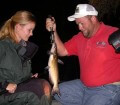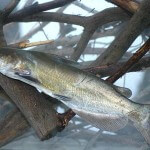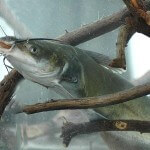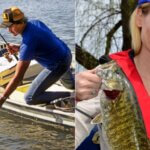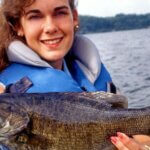John’s Note: Luck plays a major role in any type of successful fishing – whether you’re angling for catfish on a Saturday morning with two children or fishing for a bass to win a $100,000 bass-fishing tournament. However, with both luck and knowledge, you’ll generally have a successful fishing trip.
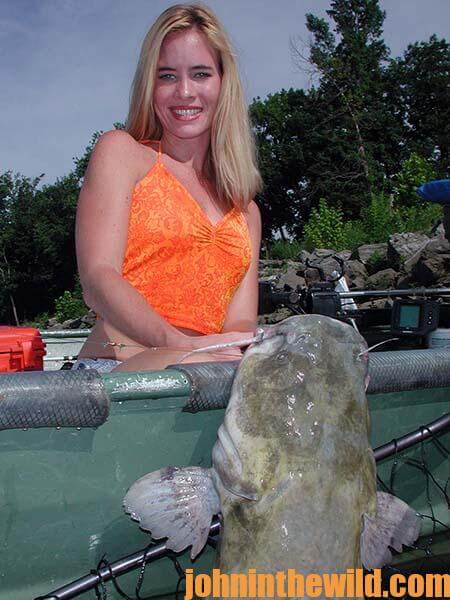 Thousands of pounds of catfish are taken from tailrace areas all over the country each year.
Thousands of pounds of catfish are taken from tailrace areas all over the country each year.
But, even if 20 boats are fishing a tailrace area for cats, there always seems to be one or two boats that are catching the most fish. I often have wondered what these fishermen are doing that the others aren’t. As I’ve investigated, I’ve learned that these anglers have identified the feeding lanes where the catfish concentrate. Often these feeding lanes are where two converging currents meet and create a slight slack-water area. The feeding lane may be just off the current near the discharge region, right behind a large underwater boulder, or on the edge of an island where the catfish can hold out of the swift water and still run into it to take their food.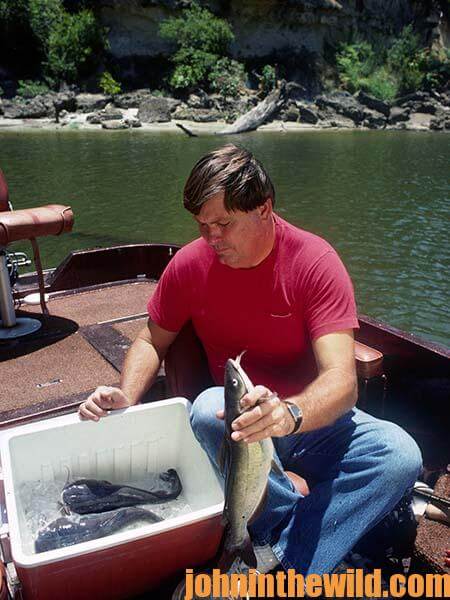
The best tactic for catching tailrace cats is usually to bump back along one of these feeding lanes.
To rig for tailrace cats, an angler needs a large-enough sinker to carry his line and bait to the bottom. Tied just above the sinker there should be a three-way swivel with a 1-1/2-foot leader, and a No. 1 hook tied to one eye of the swivel with the main line tied to the other eye of the swivel. After baiting-up with shad minnows, cut shad, shad guts, chicken livers or worms, the catfisherman can motor his boat into the current and lower his lead to the bottom. Then while running the motor and holding the boat against the current, the cat catcher slowly can lift his lead and let out line until the lead hits the bottom again. As he bumps back, he can begin to reduce the amount of gas he is giving his motor and let the boat slowly be pushed back. In this manner, he can keep his lead in contact with the bottom as the boat drifts back at a controlled rate and 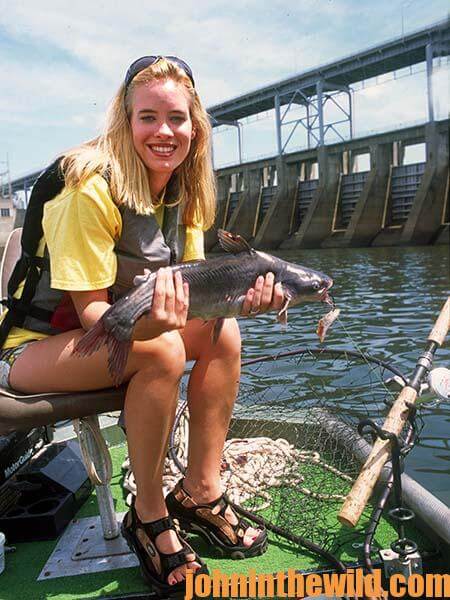 allows his bait to flow back naturally, just off the bottom.
allows his bait to flow back naturally, just off the bottom.
Another tactic that works well in swift water is to use a lead heavy enough to take the bait to the bottom and to fish in the mixing water just off the current. The bank fisherman can catch cats in tailrace areas also by casting upstream and using a lead light enough to get his bait down to where it can bump bottom as it drifts with the current.
To get “13 Freshwater Fish Recipes You Can’t Live Without,” “Catfish Like a Pro,” “The Best Wild Game & Seafood Cookbook Ever: 350 Southern Recipes for Deer, Turkey, Fish, Seafood, Small Game and Birds,” click here to get these books.
About the Author
John Phillips, winner of the 2012 Homer Circle Fishing Award for outstanding fishing writer by the American Sportfishing Association (AMA) and the Professional Outdoor Media Association (POMA), the 2008 Crossbow Communicator of the year and the 2007 Legendary Communicator chosen for induction into the National Fresh Water Hall of Fame, is a freelance writer (over 6,000 magazine articles for about 100 magazines and several thousand newspaper columns published), magazine editor, photographer for print media as well as industry catalogues (over 25,000 photos published), lecturer, outdoor consultant, marketing consultant, book author and daily internet content provider with an overview of the outdoors.


